Beneficial insects are essential in keeping our gardens and farms healthy. Some pollinate plants that produce our food. Others eat pests that would otherwise destroy our food crops. They also help break down dead organic material and recycle nutrients back into the soil. We rely on these tiny insects more than we realize, and they are a valuable part of the ecosystem.
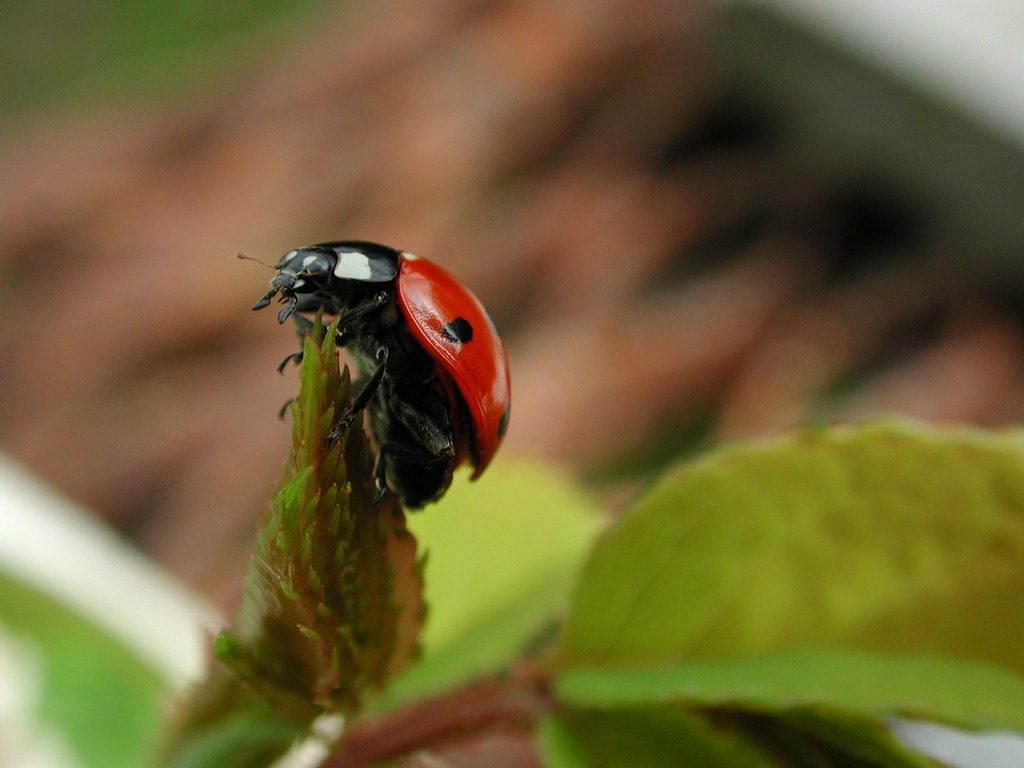
What Are Beneficial Insects?
Most backyards are home to thousands of insects, some good, some bad. Some of these beneficial insects visit our gardens for a short time and then return to their natural homes. Others are so attracted to our plants that they remain permanently. There are three main beneficial insect categories:
Predators – insects that eliminate pests by consuming them.
Pollinators – insects that pollinate our garden’s flowers.
Parasitoids – similar to predators, they feed on garden pests, but in a different way. These beneficial insects lay eggs inside or on pests. After the eggs hatch, larvae consume the insect from the inside.
Meet the Beneficial Insects of Your Garden
So, here are Irelands common beneficial garden insects and simple ways to attract them.
Ladybird
A beneficial insect known to everybody is the ladybird. Apart from everyone’s favourite red ladybird with black dots, these insects can be in various colours, including orange, yellow and black. Depending on the species, they can have different spots on their elytra. These beneficial insects eat all kinds of destructive pests such as aphids, mealybugs, spider mites, and other soft body insects.
How To Attract Ladybirds to Your Garden
Food. Pests are the main part of food source for ladybirds. They will ferociously feed on soft body insects during their larva and adult stages.
Shelter. Don’t keep your garden all neat and tidy. Leave some twigs and rocks so that ladybirds can find a safe place to hide and hibernate. If you have many shrubs and trees in your garden, this will also provide a safe place. You can even buy or build insect hotels.
Reduce Pesticides. Pesticides will kill a lot of pests that ladybirds depend upon for survival. If ladybirds survive pesticides, this will force them to search for shelter and food somewhere else. By reducing the use of pesticides, you will increase the number of insects, and this will attract more ladybirds.
Solitary Bees
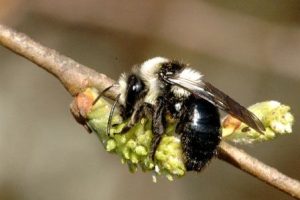
Solitary bees are non-aggressive pollinators that don’t live in colonies. Still, they tend to live in close proximity to other solitary bees. They do not make honey, but they gather pollen and nectar to feed their young. Solitary bees are essential pollinators for every garden because they visit many different plant species. Usually, they do not sting and retreat when in danger. These bees create their nest in hollow twigs, wood, holes in the ground, or insect hotels.
How To Attract Solitary Bees to Your Garden
Food. Bees need nectar and pollen from different plants to survive. Plant a variety of fruits, vegetables, flowers and flowering shrubs. Especially early and late flowering varieties. Here are some plants that attract solitary bees:
- Fruit Trees
- Cucumber
- Strawberry
- Blueberry Bush
- Gooseberry Bush
- Sunflower
- Clover
- Borage
- Lavender
- Aubretia
- Laurel Hedge
- Pyracantha
- Butterfly Bush
- Daisies
- Ivy
Nesting sites. Provide nesting space for bees in your garden similar to logs, hollow sticks, holes in walls and fences. Also, leave some areas in your garden free of mulch. This will allow solitary bees to nest in the ground.
Water. Solitary bees need water. Place small ponds or birdbaths in your garden. Fill them with pebbles so bees would not drown.
Bumblebees
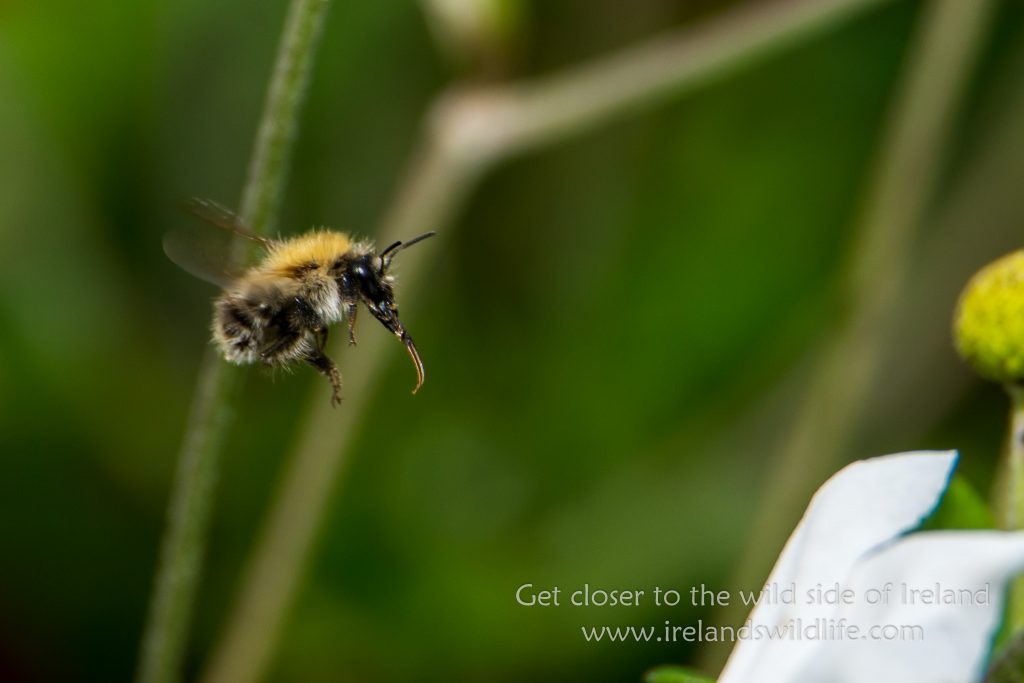
Bumblebees are social super-pollinators with much bigger bodies than the rest of the bee species. They live in colonies, mainly in unoccupied rodent burrows. Bumblebees will gather nectar and pollen from plants and carry them back to their nest to feed their colony.
How To Attract Bumblebees to Your Garden
Food. These insects are one of the first ones to come out after the winter and can still be seen flying around in early November. So provide them with early and late blooming plants.
Rhododendron is the best fuelling station for bumblebees, but other plants will attract them too. These are:
- Fruit Trees
- Blueberry Bush
- Tomatoes
- Nasturtiums
- Currants
- Sunflowers
- Poppies
- Lavender
- Catmint
- Clovers
- Honeysuckle
- Ivy
Nesting sites. These are social insects and need an established nesting area like abandoned rodent burrows. They change their nesting location every year. You can build a homemade bumblebee house by placing a flowerpot upside down with a hole on the side.
Water. Same as solitary bees, bumblebees require water. Place a pond or birdbath within your garden. Fill it with pebbles so bumblebees would not drown.
Hoverflies

These insects are often mistaken for bees or wasps, as they have similar colour patterns. Hoverflies are a type of insect that have a distinctive flight pattern. They move their wings faster than most insects, which sends their bodies into a hovering motion. They live in many habitats and feed on pollen and nectar when they are adults. At their larvae stage, they will feed on soft body insects like aphids, thrips, mealybugs, whiteflies, and other soft body pests. This makes them very useful insects to have in the home garden.
How To Attract Hoverflies to Your Garden
Food. Flowers of a wide range of plants will attract hoverflies to your garden, but the most attractive are clusters of tiny flowers. Here are some of the plants that attract hoverflies:
- Fruit Trees
- Dill
- Radish
- Carrot
- Caraway
- Sunflower
- Lavender
- Cosmos
- Foxglove
- Bird Cherry
- Laurel Hedge
- Yarrow
- Bugleweed
- Ivy
Butterflies

Many butterfly species have distinct, colourful shapes and patterns. Most of the species are beneficial and are an excellent addition to any garden. They help to ensure the pollination of many different plants and crops. Caterpillars of many species of butterflies are herbivores and will feed on a host plant foliage.
How To Attract Butterflies to Your Garden
Food. Different butterflies are attracted to different plants. Some plants will act as a food source for their caterpillars, and some will act as food sources for adult butterflies. Most butterflies are not picky and will feed on various nectar-producing flowers. Caterpillars, however, require specific food for their species. Some of the below-mentioned plants will attract a wide variety of butterflies, but others may attract only certain species.
- Elderberry
- Fennel
- Dill
- Chives
- Sunflower
- Forget-me-not
- Calendula
- Lavender
- Laurel Hedge
- Nettles
- Ivy
Shelter. Good protection from the wind and rain is required for many butterfly species. The preferred shelters are large trees, hedges or shrubs. You can also buy or build a butterfly house.
Water. Butterflies need water. Providing a water source like a birdbath is essential for butterflies. Fill the birdbath with pebbles so that butterflies would not drown.
Ground Beetles
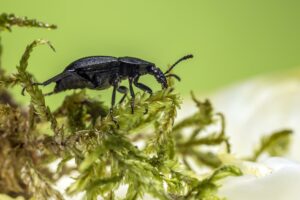
Ground beetles are beneficial insects and can be found in most home gardens. These bugs are nocturnal but can be seen running to the hiding place during the day when disturbed. The adult ground beetles are generalist predators, and they will feed on living and dead insects, flies, and other bugs.
How To Attract Ground Beetles to Your Garden
Habitat. No specific plants are known to attract ground beetles. Still, a high diversity of plants is beneficial for their habitat.
Shelter. Being nocturnal insects, these beetles hide under rocks, logs, leaf litter and even in the soil during the day. Placed rocks and logs around your garden will provide them with shelter.
Centipedes
Centipedes are one of the most common insects in gardens. They are predatory and feed on small insects like soil-dwelling mites, baby snails, slugs and other pests. Most centipedes are nocturnal, but some species are diurnal.
How To Attract Centipedes to Your Garden
Habitat. Centipedes need damp areas to survive. Compost piles or boxes beside your garden is a great way to attract them. Also, no specific plants are known to attract centipedes, but having a high diversity of plants will ensure suitable habitat for them.
Shelter. These creatures are nocturnal. They will hide under stones, logs, and leaf litter and often burrow underground during the day. By placing rocks and logs around the garden, you will provide them with great shelter.
Green Lacewings
Green lacewings prey on pests and eggs as larvae and feed on pollen, nectar and honeydew as adults. They are small, nocturnal insects but can be seen during the day too. As the name suggests, these beneficial insects are green in colour.
How To Attract Green Lacewings to Your Garden
Food. Native flowers to your area can attract native lacewings. Some flowers are known to attract lacewings are:
- Angelica
- Caraway
- Coreopsis
- Cosmos
- Goldenrod
- Marguerite Daisy
- Tansy
- Yarrow
Shelter. Being nocturnal insects, they hide in the shrubs, bushes, logs during the day. Place logs or insect hotels in different locations around the garden to provide the necessary shelter.
Wasps
Wasps are generalist predators and can be found almost everywhere. These insects are beneficial predators and pollinators. They feed on pests like aphids, caterpillars, scale insects, spider mites and other sap-sucking insects. Wasps will also feed on pollen, nectar and honeydew. When they feel threatened or when they are defending their nest, these insects will attack and sting.
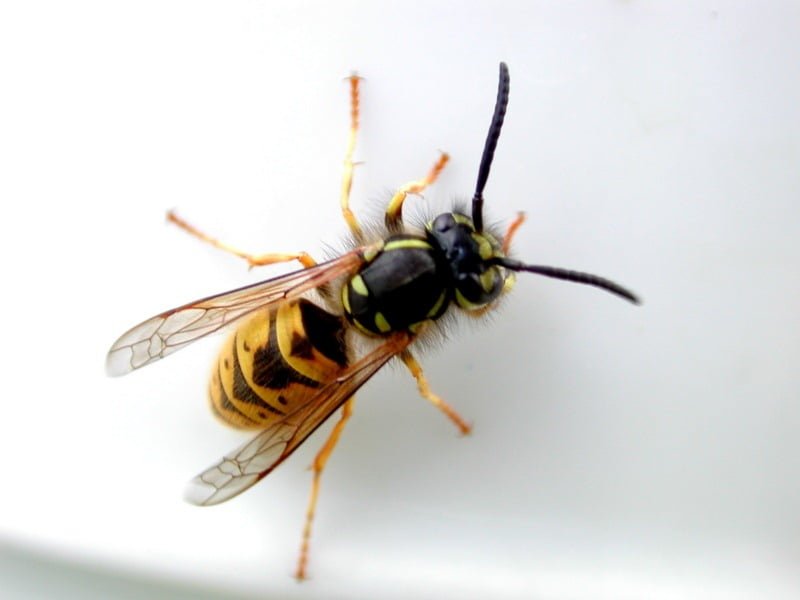
How To Attract Wasps to Your Garden
Food. Mainly, wasps will feed on other insects, but they can also eat pollen, nectar and honeydew. Native plants that produce a large amount of pollen and nectar attract these insects. Here are some plants to attract wasps:
- Fruit Trees
- Raspberry Bush
- Sunflower
- Orchid
- Dogbane
- Laurel Hedge
- Cotoneaster Tree
- Ivy
Habitat. Most wasps have nests hidden away in the ground, old wood, rotting stumps or tree hollows. Provide different habitats in your garden to attract these beneficial insects.
Parasitic Wasps
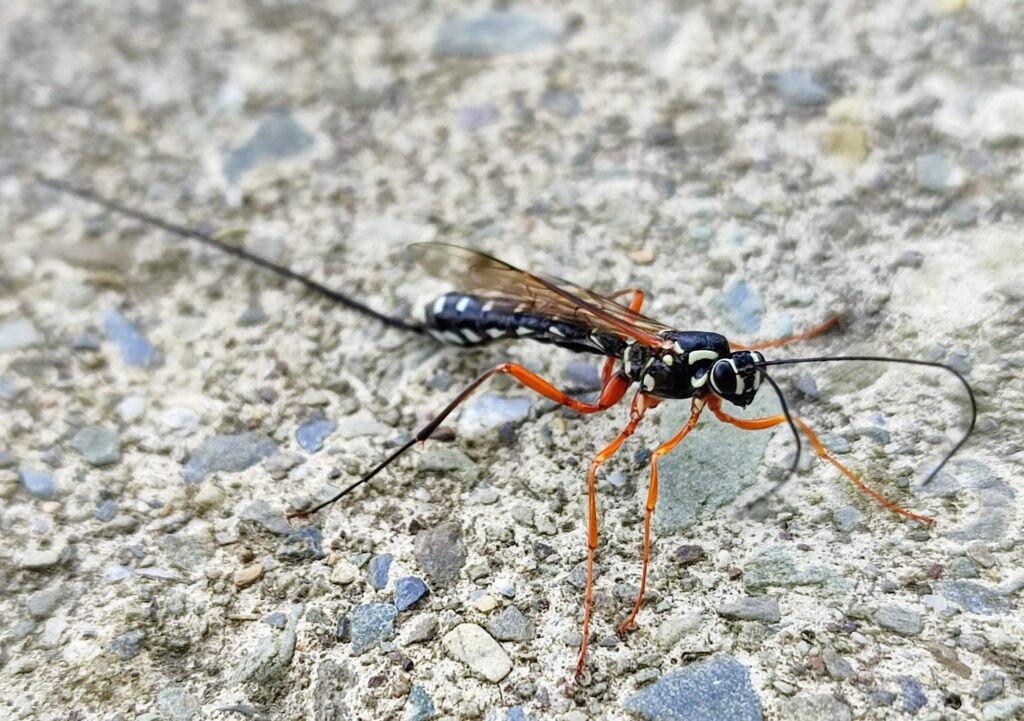
Most parasitic wasp species lay eggs in other insects like aphids and caterpillars. The parasitic wasp larva then feeds on the host insect and eventually kills it. Some species of parasitic wasps are very efficient, and only one egg will be laid per host insect. Others will lay several eggs, and the larvae will feed together until the host is dead.
Parasitic wasps do not sting humans. They use their stinger to lay eggs inside the host insect.
How To Attract Parasitic Wasps To Your Garden
Food. Adult parasitic wasps feed on nectar and pollen. Growing lots of different plants with clusters of tiny flowers will provide a good food source for these insects. These include:
- Alyssum
- Allium
- Cosmos
- Dill
- Fennel
- Lemon Balm
- Statice
- Thyme
- Yarrow
- Zinnia
Reduce Pesticides. Pesticides will kill aphids and caterpillars. These are pests that parasitic wasp larvae depend on for survival. Reduce pesticides and let these natural predators control your garden pests instead.
Mummified Aphids. Do not destroy bloated cream in colour aphids. These are aphids that have parasitic wasp larvae inside of them. Once this beneficial insect hatches, it will further control the aphid population.
Tachinid Flies
Tachinid flies are one of the most common and most critical parasitic flies. Unfortunately for them, they look very similar to houseflies. These insects pollinate many plants by feeding on pollen and nectar in their adult stage. The larvae of tachinid flies consume a considerable amount of soft-body pests.
How To Attract Tachinid Flies To Your Garden
Food. Plants from the dill and daisy family are especially attractive to these beneficial insects. Other plants will attract them too, these are:
- Aster
- Buckwheat
- Cilantro
- Chamomile
- Dill
- Fennel
- Feverfew
- Ox-eye Daisy
- Parsley
- Shasta Daisy
- Queen Anne’s Lace
So, there you have it! A guide to the beneficial insects that will help your home garden. Some of these insects will feed on the pests that can destroy your garden, some will pollinate your plants. Others will do both. By attracting these insects to your garden, you can dramatically lower the need for pesticide use. Which means less pollution, lower cost, and healthier plants. A couple of simple changes can make a massive difference!
Have you come across any creatures that could be added to this list? Let us know in the comments.
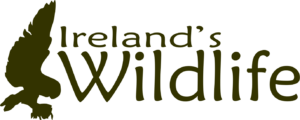



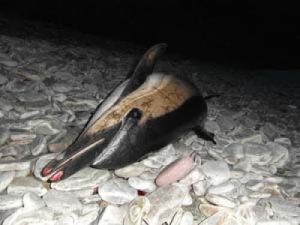
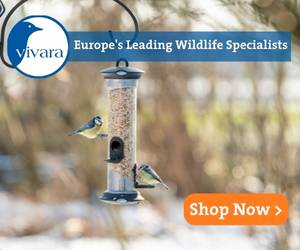




1 comment